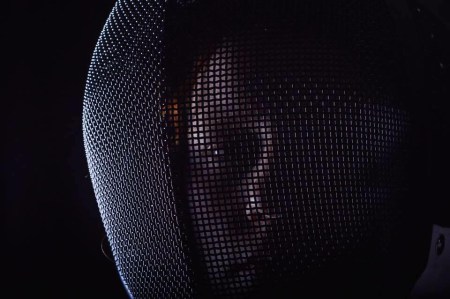How have you developed your skills as a photographer?
I have developed my skills as a photographer through experimentation, my photography society, masters, workshops, YouTube videos and books.
Firstly I started off by teaching myself photography through experimentation and trial and error by planning my own shoots before I’d even picked up a book or learnt any techniques and learning how to use all the tools on photoshop.
Then in 2015 I joined Preston Photographic society where my learning was enhanced through lectures and learning new lighting techniques at portrait evenings.
My masters taught me how to find my own style as a photographer and it gave me an insight into some shoots in a variety of settings. I’ve attended workshops on how to use different lighting techniques, and I’ve watched YouTube videos on everything from camera gear to post-processing workflow. I’ve also read a number of books on photography, both technical manuals and works by great artists.
All of this has helped me to develop as a photographer. For example, I learned how to improve my portrait photography after taking workshops with photography session days testing out different types of light and improving my confidence in interacting with models. I was also able to refine my editing skills by following along with tutorials on Photoshop.
As a result of all of this, I’ve been able to develop my own style as a photographer. I’m now able to take great photos in a variety of settings, and I have a strong understanding of the technical side of photography.
Ripple effect: Mastering the basic skills of photography makes you a better photographer overall.
Thanks for following my journey! If you’ve enjoyed seeing my photos and watching my progress, please give this post a like or leave me a comment. I’d love to hear from you!

















































